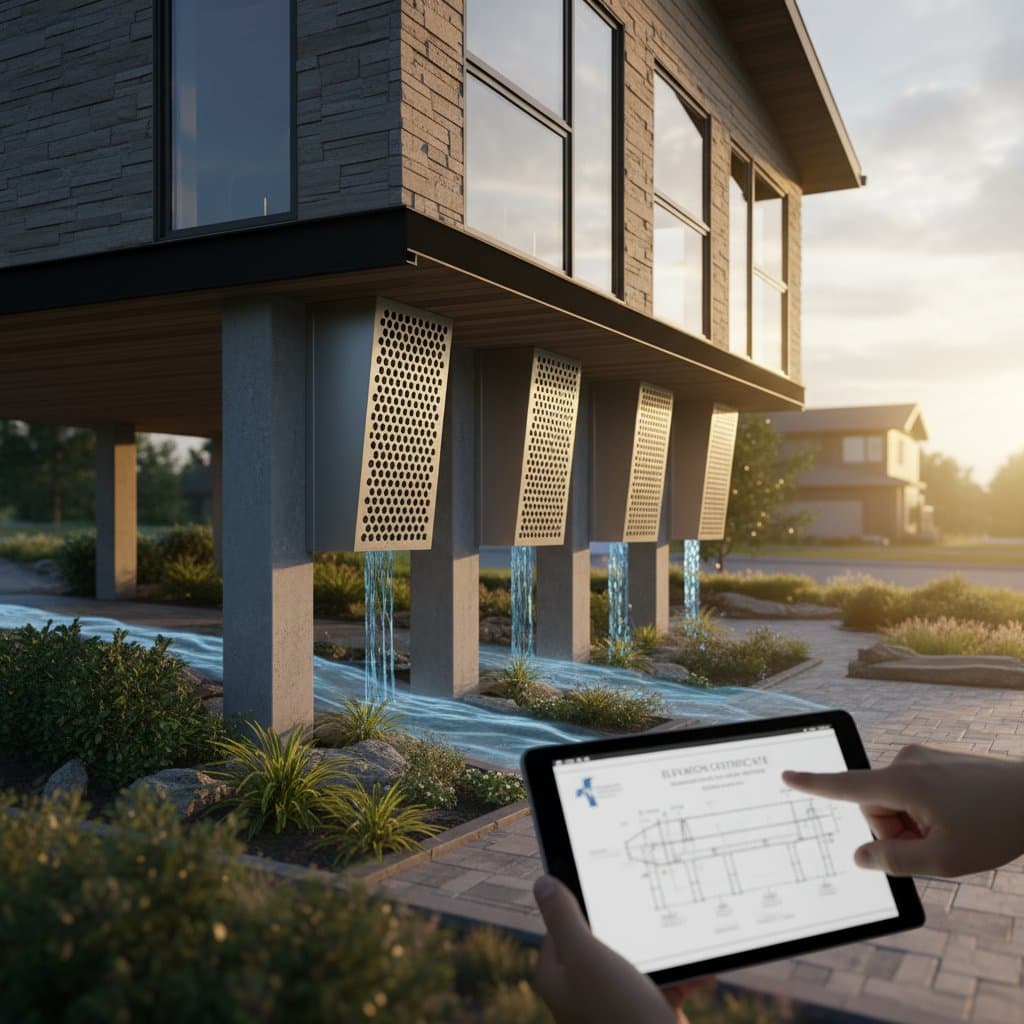What a $15,000 Bathroom Remodel Delivers in 2025
Home renovation expenses continue to rise in 2025, driven by supply chain disruptions and elevated labor costs. Bathroom projects face similar pressures. A $15,000 allocation supports a mid-range overhaul that introduces style and efficiency, provided you prioritize wisely among materials, features, and minor layout adjustments.
Breaking Down the Costs
This budget funds a reliable mid-range renovation. Luxury elements remain out of reach, yet the result surpasses entry-level updates. The plan typically retains the current footprint, refreshes outdated fixtures, and incorporates contemporary surfaces, all without relocating plumbing lines.
Typical Allocation
-
Labor: $6,000 to $8,000
Professionals account for roughly half the total. Their work encompasses demolition, plumbing adjustments, electrical updates, tile laying, and final painting. Engage certified experts for plumbing and electrical tasks to meet safety standards and building codes. -
Fixtures and Materials: $5,000 to $6,000
Funds support a fresh vanity, toilet, bathtub or shower enclosure, faucets, and flooring or wall tiles. Select mid-grade options from reputable manufacturers that offer both longevity and aesthetic appeal. -
Design and Permits: $500 to $1,000
Allocate for basic layout sketches or required municipal approvals, particularly if minor plumbing or electrical modifications occur. Address these expenses at the outset to prevent delays. -
Contingency Reserve: $1,000 to $1,500
Reserve this buffer for unforeseen problems, like concealed moisture damage or subfloor fixes. Such issues surface in more than 50 percent of projects.
Deciding Between DIY and Professional Help
Experience from various renovations highlights tasks suitable for homeowners versus those demanding specialists.
Tasks Suitable for DIY
- Apply paint to walls and trim.
- Mount towel racks and storage shelves.
- Swap out light fixtures, assuming no wiring alterations.
- Assemble and position ready-to-install vanities.
These efforts reduce labor expenses by several hundred dollars while avoiding risks to safety or regulations.
Tasks Requiring Professionals
- Any plumbing or electrical modifications.
- Shower or floor tile setting.
- Application of waterproof barriers and replacement of drywall.
- Corrections to structural elements or subfloors.
Compromising on waterproofing or wiring invites future expenses exceeding thousands of dollars. Certified contractors guarantee compliance with inspections and reliable performance.
Variations by Location
Expenses for bathroom overhauls differ across regions, influenced by wage levels and supply access.
- Urban Settings: Labor rates climb 20 to 30 percent above average, offset by proximity to specialty stores and design consultations.
- Suburban Zones: Costs align with national medians, often with contractors available on shorter notice.
- Rural Locations: Lower hourly wages prevail, though shipping charges for materials may erode those advantages.
Obtain a minimum of three bids, ensuring each proposal details identical project elements for accurate evaluation.
Anticipating Unforeseen Expenses
Thorough preparation rarely eliminates surprises during demolition. Common discoveries include the following:
- Moisture Damage Under Tiles or Behind Walls: Repairs to drywall or subflooring range from $500 to $1,200.
- Upgrades to Aging Plumbing: Replacing rusted galvanized pipes costs $800 to $1,500.
- Electrical Conformance Updates: Installing ground-fault circuit interrupter outlets or dedicated lighting runs adds $300 to $600.
Maintain a dedicated contingency to sustain momentum and avoid financial strain from rushed financing.
Executing the Project Effectively
Success with a $15,000 budget hinges on deliberate choices rather than reductions in quality. Define your priorities clearly from the start. For homes aimed at resale, emphasize timeless colors and water-saving appliances. For personal use, allocate toward superior illumination, air circulation, and an immersive shower setup.
Key Implementation Steps:
- Secure three comprehensive estimates from vetted contractors, requesting itemized breakdowns for labor, supplies, and approvals.
- Purchase primary fixtures in advance to sidestep bottlenecks; verify shipping timelines prior to starting teardown.
- Examine exposed areas for defects immediately after opening walls, addressing fixes before proceeding to surface installations.
- Monitor spending on a weekly basis to catch incremental excesses early.
- Arrange alternative bathing facilities if this is your sole bathroom; consider temporary units or accommodations with nearby contacts to minimize disruption.
A thoughtfully executed $15,000 renovation elevates your bathroom to a contemporary haven of utility and elegance, serving reliably for years ahead. Realistic goals combined with meticulous oversight yield outcomes that enhance living standards and boost property worth.



